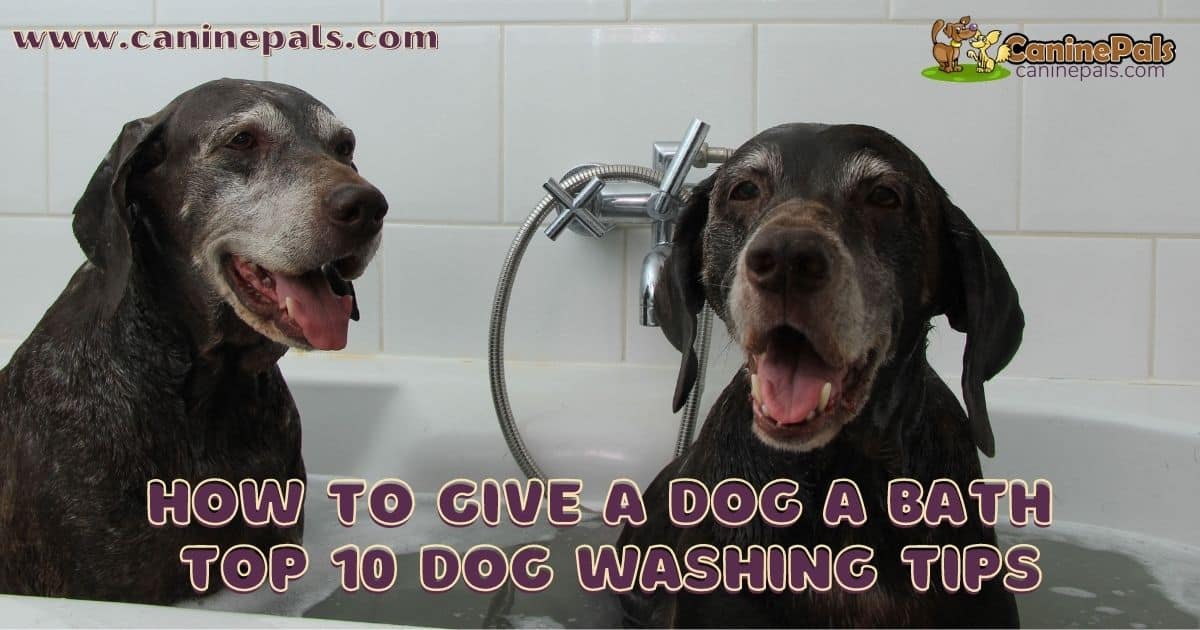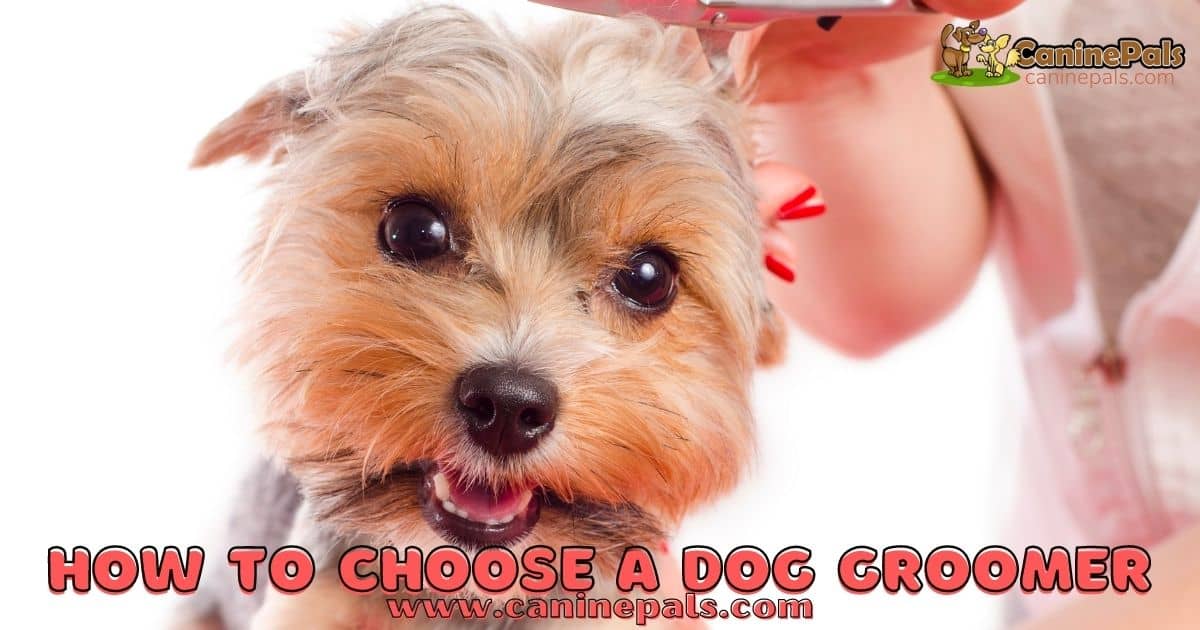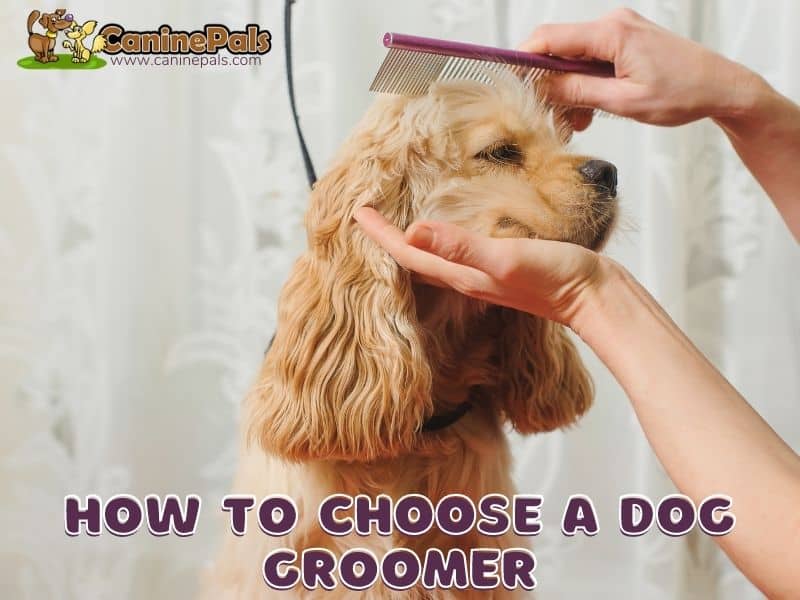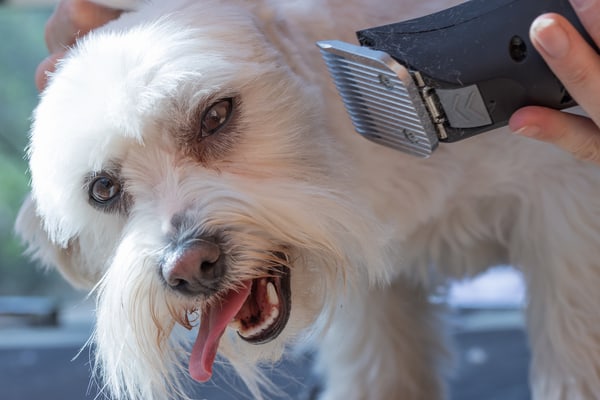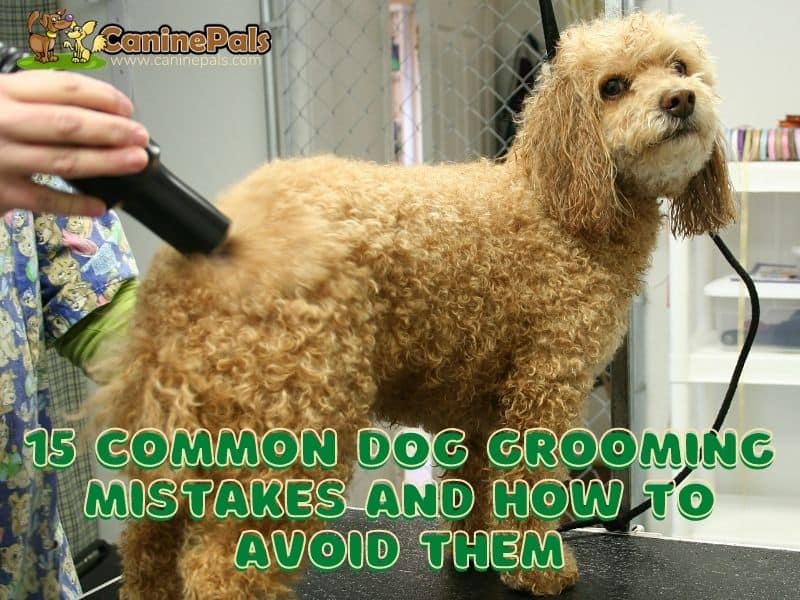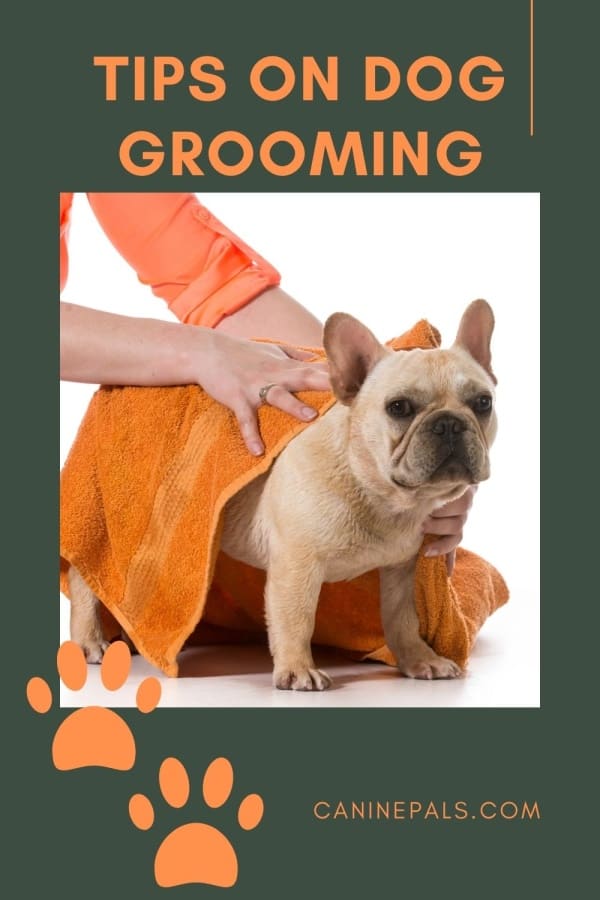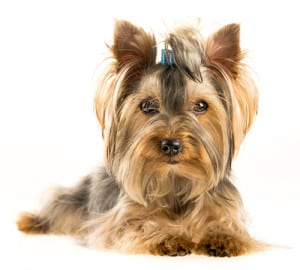It is time to give your dog a bath, but you are not sure how to do it.
You have heard of some horror stories where the dog has been almost drowned by the owner, and others where they didn’t get all the soap out from their fur. This blog post will teach you how to bathe your pet without any trouble.
The way you wash your dog will chiefly be decided by his particular breed. But one thing is certain, you will need to wash him.
Giving a dog a bath is not as easy as you might think. It’s important to understand the best way to give your pet a good scrubbing, and what products can be used safely on them. To help make this process easier for all of us, we’ve compiled some tips that will ensure both you and your pup have an enjoyable experience in the tub.
There are two aspects to washing your dog; how to wash your dog and how often you wash your dog. You’ll learn about bathing frequency and the best products for different hair types. I hope this helps.
How Frequently Should you Wash your Dog?
How often should I wash my dog? This answer depends largely on their coat type.
The short answer is “not too often.” A dog’s coat has natural oils that protect it, keep it silky and soft and prevent it from getting damaged or becoming brittle. If you wash him every week, these oils will soon be washed away as well.
How often do you have to wash your dog depends on whether your dog lives inside and sleeps on bed or the lounge. You should wash your dog if he’s smelly or very dirty. How often you wash your dog will depend on what he does during an average day and whether he’s an inside or outside dog.
If he has long hair, he’ll need a bath more often because his hair can become matted or tangled. The time of year can also affect dog bath frequency requirements.
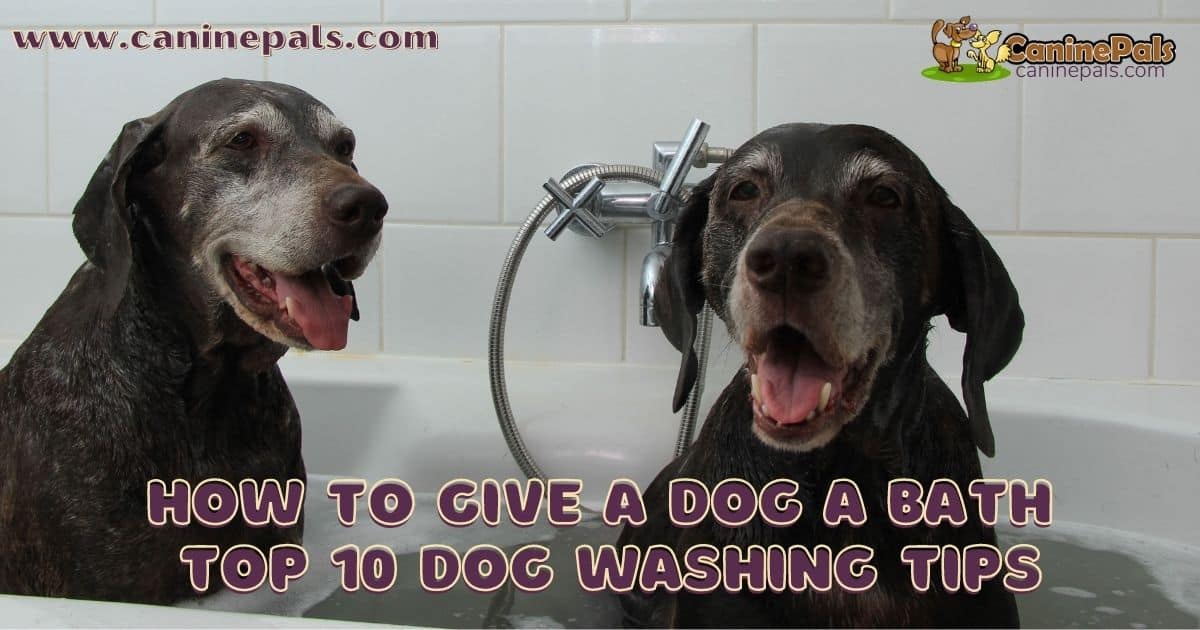
7 Step Dog Washing Procedure
Many people have a difficult time getting dogs clean and smelling fresh. This is because they don’t know the proper technique. It helps to get them in the right place, use products designed for this task. The real fun begins when the right products are ready and you have chosen a suitable location.
Dog washing starts with:
- You’ll want to gather all the items you need and place them in an easy to reach location prior to letting your dog know that bath time is coming up.
- Mixing shampoo with water will make lather spread easier. Add the shampoo to a full bowl of water and you’ll see how it works better.
- Coax or lure your dog into the tub with treats, and he’ll be more inclined to enjoy bath time. The key is getting dogs in a positive mood before they even get wet. One way that’s easy – treat them like royalty until you’re ready for their next move.
- Thoroughly wetting your dog’s coat. It is important to use lukewarm water that has been pre-warmed in order for this step to be effective, so make sure there’s hot and cold running water available too! Wet their entire body until it becomes clear they’re soaking up as much of the warm liquid as possible without showing any signs of discomfort or fear.
- When it comes time to wash your dog, there are two considerations: the first is getting rid of all his dirt and that second deep-cleaning. So for every shampoo you use on him, make sure he gets a double dose! The first go round should focus primarily on binding up any dust or grime still stuck in his coat; while the second ensures you’re really scrubbing away at those stubborn oils left behind.
- Conditioner is a great way to make your dog’s coat shiny and healthy. Just apply it, leave on for five minutes or so, then rinse the conditioner away.
- Rinse your dog until no more soap remains in its fur. Make sure all of the soapy residue is removed from their skin too. If you don’t remove all the shampoo, this could irritate the dog’s skin.
How to Wash a Dog’s Face
- Is your furry friend tearing up from the shampoo you were using? It’s common for dogs to have a sensitivity around their eyes and nose. Take this into consideration by purchasing tear-free shampoos that are designed specifically with these sensitive areas in mind.
- How to wash a dog’s face? This is one of the trickiest parts about bathing your pup. You don’t want them getting soap or water in their sensitive areas like ears, nose and eyes so save this for after they’re all done. Use a damp cloth with warm water to clean up around those delicate parts before you start on more difficult tasks like washing their back or chest fur.
- To ensure a thorough clean, use two cloths to wash your dog’s head and face. One should be soapy water-dipped while the other is clear water dipped. Gently but thoroughly scrub off any dirt or grime then rinse with the second cloth before moving on to an area that has not yet been cleaned.
How to Give a Dog a Bath Who Hates Water
If you have a dog, he will probably always be somewhat apprehensive about bath time. To make them more receptive to the experience of taking baths in the future, try giving your pooch lots of attention and encouraging words while bathing him – this should help create positive associations for next time.
- Start bathing your puppy when they are young to encourage them to enjoy the bath. Start today by teaching your pup that a bath is just another fun activity with their family, not something dreaded or avoided at all costs.
- For most dogs, the worst part about bathing in a tub or sink is being unsteady on slippery surfaces. To keep this from happening to your pup you can buy specialized nonslip mats that are designed for use with water and soap residue.
- Did you know that there are easy ways to make bath time more enjoyable for your pup? One way is by smearing peanut butter or baby food on the tub or shower door. Your dog will lick it off while you bathe them and they won’t even focus on how wet their fur gets.
- Don’t use the faucet or showerhead . Noisy water can be really frightening for some dogs, and if your pup hates baths it could just be because they’re scared of all the noise.
- A dog’s bath can be a scary experience. So, before you put your pup in the tub, make sure to test the water temperature with them.
- Dogs can smell a lot better than humans, so it’s important to use gentle shampoo and mild-smelling soap.
- Fortunately there’s hope for pups who hate baths. With some patience and lots of yummy treats can change a dog’s response to baths. Over time, you’ll be able to condition your furry friend into thinking that baths are nothing more than a fun experience. To start off with this process it’s important to reward them heavily when they step near the bathtub – even if their paws never touch water. Once they’re comfortable approaching the tub without being scared or anxious about entering it (or getting wet), feel free to begin rewarding them just as much once inside too in case there was any hesitation whatsoever on first stepping foot in the bathing area. Next up is turning on some running water so while we wait until our four-legged pal becomes accustomed enough with everything.
- Bathing your dog can be quite a hassle, especially if he fights you during the process. Schedule a bath for your pup only when you have plenty of free time to do things right and with patience.
How to Dry Your Dog
Always towel-dry your pup as best you can before moving on to the next step. A dog specific hairdryer or a human one in medium setting is perfect for this job, but if need be air drying them works too. Brushing their fur after every 10 minutes will help prevent mats from forming.
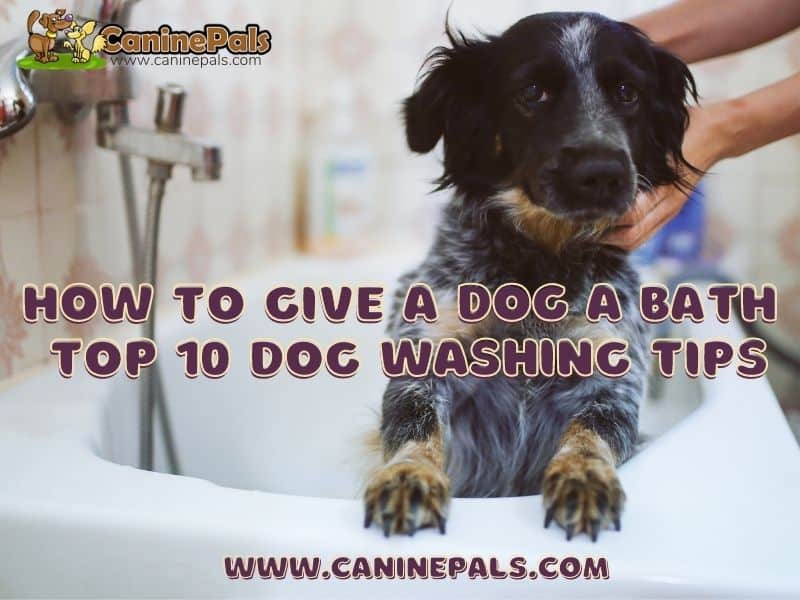
Top 10 Dog Washing Tips:
- Make it enjoyable and start as young as possible. Then your dog will get used to the water and being washed.
- Choose where you’re going to wash him. This will vary, according to the time of year and the breed. A small dog or puppy can be washed in a tub or sink. A big dog needs to be washed in a bathtub. If the weather is warm, you can use the hose.
- The bottom of the tub needs a rubber mat to stop the dog from sliding all around the place. He’ll feel more secure as well.
- Before you start the washing process, get everything you need and lay it all out. Towels, shampoo, a bucket and anything else you want. Never turn your back on your wet dog unless you’re keen to chase him.
- Only use lukewarm water and shampoo specially formulated for dogs. Choose a tearless shampoo if available.
- Don’t get soap or water in your pet’s ears and eyes and wash his head last so it’s not wet for long. This will reduce his urge to shake himself dry.
- Rinse him well. Dogs often feel itchy after they have been washed. This is usually caused by not rinsing all the shampoo off or because you have washed him too often.
- When it’s winter, keep your pet inside until he’s 100% dry. You can use a dryer set on ‘cool,’ not hot (or it may burn him) can help to dry him faster.
- Dogs love shaking themselves dry. It starts with his head so if you hold your dog’s head still, there won’t be much shaking. Put a towel over him as soon as you’re done will help stop him from coating the walls and furniture with water. If you don’t want him to shake at all, train him to only shake when commanded to do so. That will need some patience.
- After the wash, tell him to stay/sit. If he wants to shake, guide him into the sit position and command him to stay/sit and then you get out of his way. Then tell him he can shake. Praise him for doing so and then he’ll eventually only shake when allowed to do it.
NOTE: Bathing is a great time to check for rough areas and lumps on his skin. If you find anything unusual, talk to your vet. A well-groomed dog is a healthy, happy dog.
Conclusion
That’s everything you need to know about giving your dog a bath. We hope this article has been helpful for those who are looking to improve their pet-care skills.
If there is anything we missed, please let us know in the comments section below and we will do our best to address it.
In addition, if you have any other questions or concerns related to dogs in general (not just bathing), feel free to email. Thank you so much for taking the time out of your day to read this blog post on how often should I wash my dog?
Copyright CaninePals.Com. All Rights Reserved

